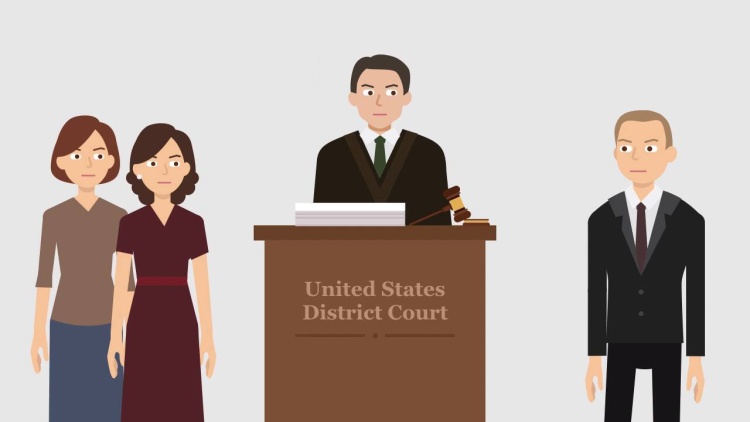Hollingsworth v. Perry
United States Supreme Court
570 U.S. 693, 133 S. Ct. 2652 (2013)
- Written by Robert Schefter, JD
Facts
In 2008, the California Supreme Court held that prohibiting same-sex couples from getting married violated the state constitution’s equal protection clause. California voters passed a referendum known as “Proposition 8” that amended the state constitution to recognize a marriage only if between a man and a woman. The Supreme Court of California overruled a challenge to the amendment and held it was properly enacted. Two same-sex couples who wished to marry (plaintiffs) challenged the law in federal court against state and local officials, including the governor and attorney general (defendants). The officials refused to defend the suit, and the district court allowed the official proponents of the proposition (intervenors) to intervene and defend the law. The district court held the law unconstitutional and enjoined its enforcement. The officials did not appeal, but the intervenors appealed to the United States Court of Appeals for the Ninth Circuit, which certified a question to the California Supreme Court whether the intervenors had standing. The supreme court answered that the official proponents of the initiative were authorized under state law to defend the initiative, because the public officials had declined to do so. The Ninth Circuit thus concluded that the intervenors had standing to appeal under federal law. The Ninth Circuit affirmed the district court ruling on the merits, and the United States Supreme Court granted certiorari. The American Psychological Association and others filed an amicus brief on the merits, opining that homosexual parents are as likely as heterosexual parents to provide healthy environments for their children.
Rule of Law
Issue
Holding and Reasoning (Roberts, C.J.)
Dissent (Kennedy, J.)
What to do next…
Here's why 899,000 law students have relied on our case briefs:
- Written by law professors and practitioners, not other law students. 47,000 briefs, keyed to 994 casebooks. Top-notch customer support.
- The right amount of information, includes the facts, issues, rule of law, holding and reasoning, and any concurrences and dissents.
- Access in your classes, works on your mobile and tablet. Massive library of related video lessons and high quality multiple-choice questions.
- Easy to use, uniform format for every case brief. Written in plain English, not in legalese. Our briefs summarize and simplify; they don’t just repeat the court’s language.





